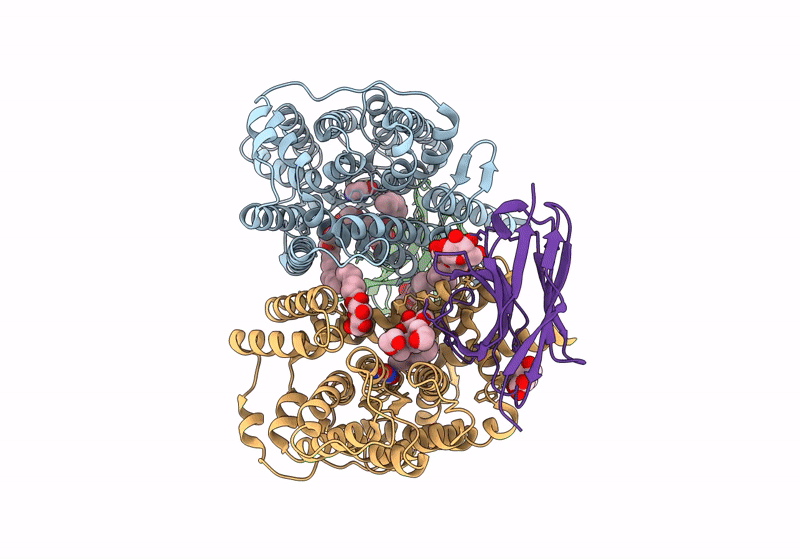
Deposition Date
2023-04-04
Release Date
2024-04-10
Last Version Date
2024-10-23
Entry Detail
PDB ID:
8OO1
Keywords:
Title:
Wide inward-open liganded UraA in complex with a conformation-selective synthetic nanobody
Biological Source:
Source Organism:
Escherichia coli O157:H7 (Taxon ID: 83334)
synthetic construct (Taxon ID: 32630)
synthetic construct (Taxon ID: 32630)
Host Organism:
Method Details:
Experimental Method:
Resolution:
3.70 Å
R-Value Free:
0.29
R-Value Work:
0.27
R-Value Observed:
0.27
Space Group:
P 1 21 1


